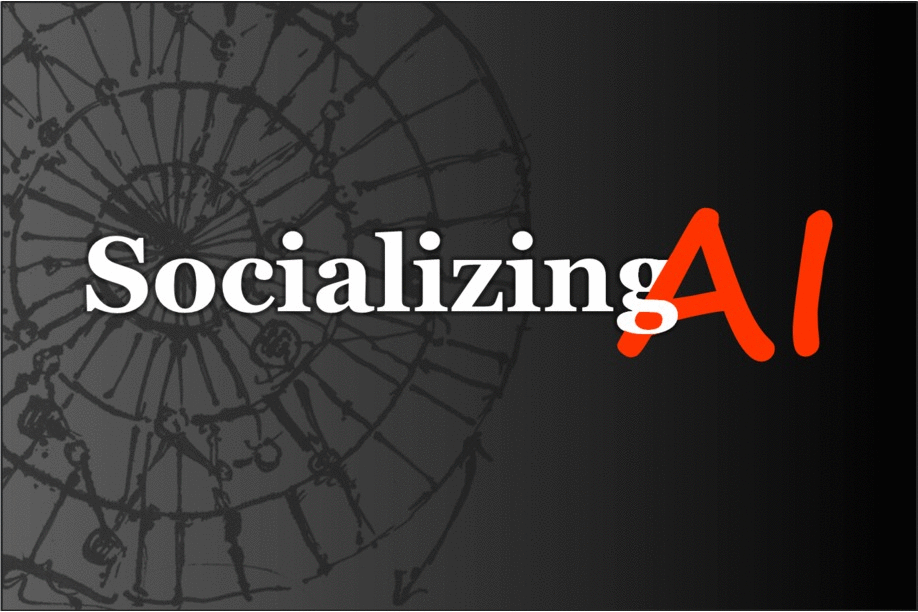I’m an expert on trying to get the technology to work, not an expert on social policy. – Geoff Hintonhttps://t.co/VyH0iiZEbI
— Phil & Pam Lawson (@SocializingAI) December 14, 2018
WIRED: The recent boom of interest and investment in AI and machine learning means there’s more funding for research than ever. Does the rapid growth of the field also bring new challenges?
GH: One big challenge the community faces is that if you want to get a paper published in machine learning now it’s got to have a table in it, with all these different data sets across the top, and all these different methods along the side, and your method has to look like the best one. If it doesn’t look like that, it’s hard to get published. I don’t think that’s encouraging people to think about radically new ideas.
Now if you send in a paper that has a radically new idea, there’s no chance in hell it will get accepted, because it’s going to get some junior reviewer who doesn’t understand it. Or it’s going to get a senior reviewer who’s trying to review too many papers and doesn’t understand it first time round and assumes it must be nonsense.
Anything that makes the brain hurt is not going to get accepted. And I think that’s really bad.
What we should be going for, particularly in the basic science conferences, is radically new ideas. Because we know a radically new idea in the long run is going to be much more influential than a tiny improvement. That’s I think the main downside of the fact that we’ve got this inversion now, where you’ve got a few senior guys and a gazillion young guys.
